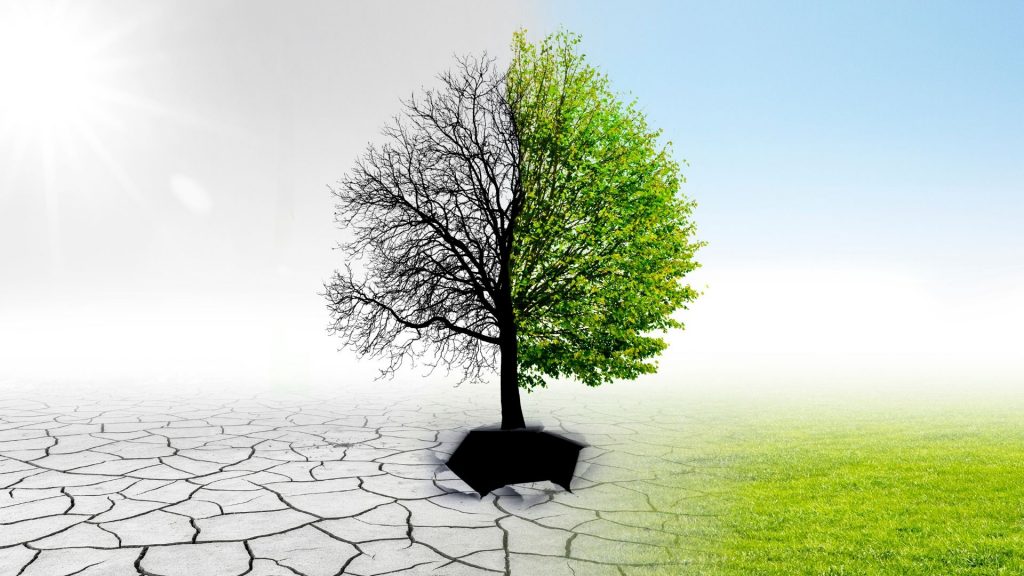Resilience in facing the “once-in-100-years” rainstorm in Hong Kong

The, what is called, the “once-in-100-years” rainstorm happened last Friday in Hong Kong shut down the whole city and caused a lot of damage and injuries. Given this unexpected rainstorm, many people may face some degree of inconvenience or disruption in their lives. For those who live in the more severely affected areas, this sudden chaos may evoke different kinds of negative emotions, such as anger, frustration, or anxiety. It may also increase the stress of those who are starting their new school year or resuming busy work life after the summer holiday. How can we face these sudden inconvenience or disruption with resilience and get back to our normal life through calmness and adaptive strategies?
The common strategy for people who are experiencing negative emotions when facing a crisis may be to avoid acknowledging their inner feelings and negative cognitions. It is understandable that it is important for us to keep ourselves calm in the face of a crisis to resolve any urgent problems as soon as possible. However, some people may think that it is weak to admit ones are feeling anxious or frustrated in the face of a crisis. Sometimes, people also force themselves to only think in a positive perspective without fully consider the different angles of the situations. For instance, a teacher who worried about the uncertainty of work schedule arrangement after the rainstorm felt very anxious. Without acknowledging her anxiety, she impatiently kept texting her colleagues to ask the urgent arrangement after the rainstorm without considering the unsuitability of the timing. In fact, she unknowlingly tried to calm herself down by texting her colleagues to get more concrete arrangement information. However, since no one could give her a concrete answer, she become even more anxious throughout the hosting of the black rainstorm.
On the contrary, we need to embrace the fact that we are human beings and it is normal for us to experience negative emotions in the face of a crisis. The more adaptive strategy is to acknowledge our sufferings with the negative emotions, such as emotional pain associated with anger, frustration, anxiety or guilt. We need to learn to gently turning towards these emotional pain through mindfulness. We allow ourselves to stay in touch with these inner feelings, thoughts, and bodily sensations long enough, so that we could process them. For example, when the teacher acknowledged that she feels anxious due to the unexpected possible change of arrangement due to the rainstorm, she could get in touch with her worries and bodily sensations. As a result, she understands that she worries about the possibility of not preparing her classes properly due to unexpected changes and this could affect her reputation. When she tries to get in touch with her bodily sensations of anxiety, paradoxically, the anxiety may subside gradually. In this case, she may be able to come up with some creative contigency plan to cope with the possible sudden changes in her schedule.
After our negative emotions being acknowledged and starting to subside, we may be more able to look into our negative or distorted cognitions in relation to the crisis. For instance, the teacher may catastropize the possibility of the school having to close down for a long period due to her previous exposure to some news in other countries about school closing down due to flood. With her anxiety being processed by embracing the negative emotions in the first place, she could gradually realise her distortion in exaggerating the possibility of catastrophy in the future. In this way, she may be able to perceive the situation in a more realistic way.
The black rainstorm happened last week is beyond dispute a sudden crisis for many of us. With adaptive strategies to handle our emotional reactions, we could face any unexpected impact of this crisis with resilience.



